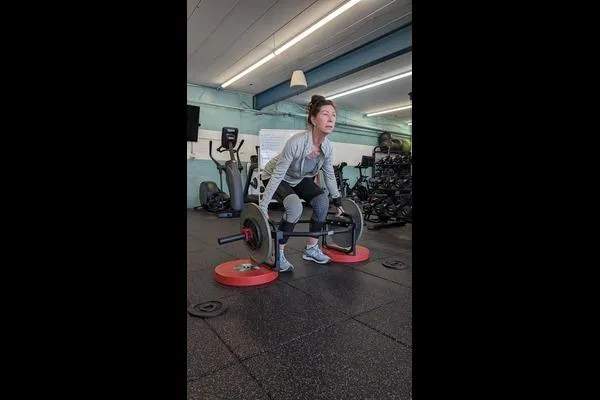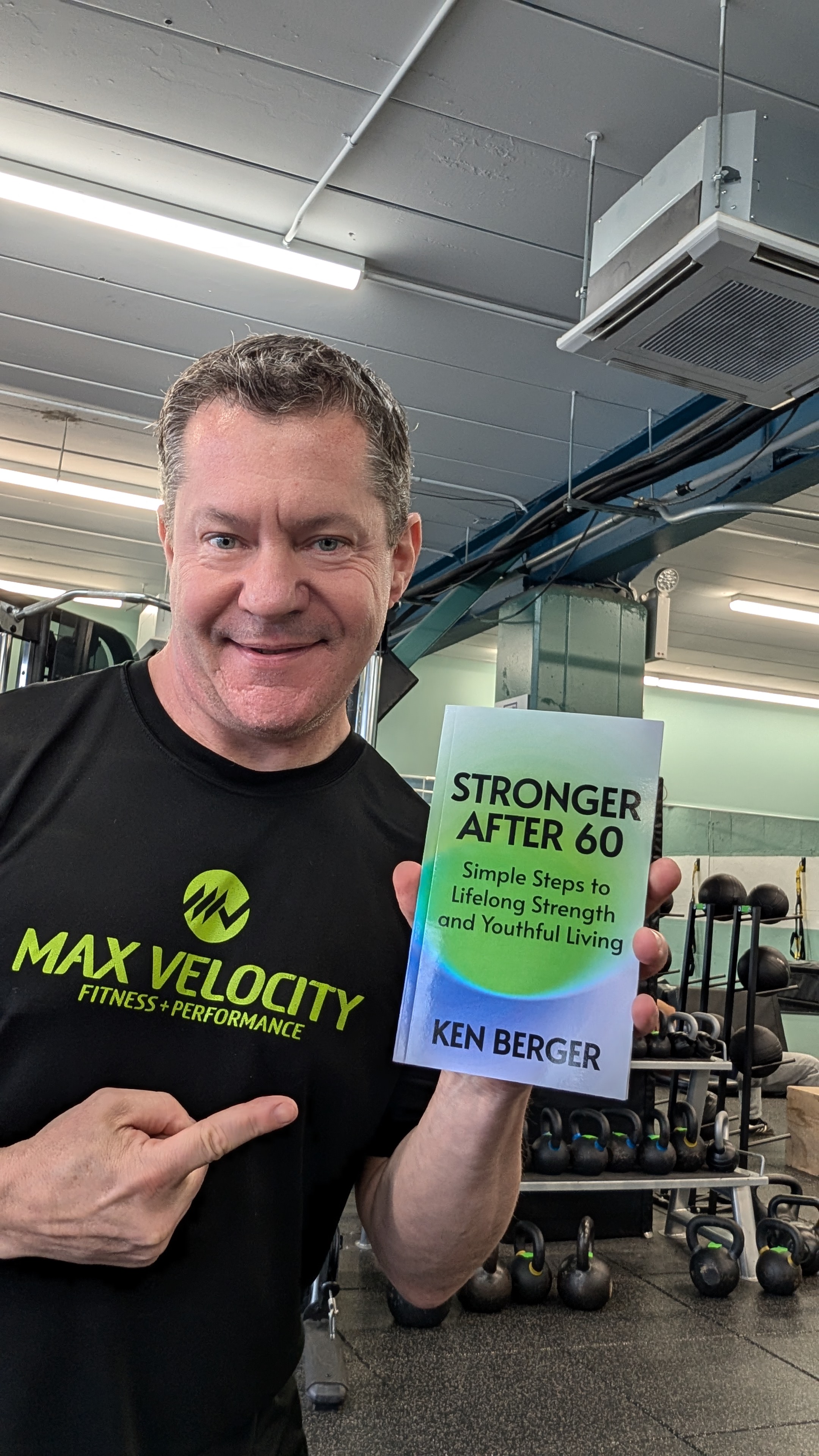

Slow and steady for lasting progress
By Ken Berger
Let's talk about what happens when someone dives headfirst into a workout routine without building a strong foundation first.
I've seen too many people get all fired up to shed those extra pounds, only to hit a wall because they went from zero to a hundred in no time.
No wonder it's often a recipe for failure and disappointment. They've been on the sidelines for months, maybe even years, and suddenly decide, "Enough is enough." They jump into a workout routine with all the motivation in the world. They're doing squats, deadlifts, bench press and more. Everything seems great … until it's not.

They notice their shoulder hurts, their knees feel achy and their lower back is stiffening up. But the "no pain, no gain" motto they learned eons ago in high school keeps them pushing through. A break here and there, maybe a week off, and they bounce back, thinking it's just part of the process.
This vicious cycle is why many people start and stop their fitness journey. It's why weight loss, health, well-being and injury prevention turn into such a rollercoaster ride.
They've put the cart before the horse, skipped building a solid foundation, and ended up in the injury loop. It's not their fault, though. Finding a coach and program that emphasizes foundational strength is like finding a needle in a haystack.
See, most programs focus solely on the end goal, like shedding 20 pounds. And the shoulders, knees and back usually pay the price.
So, how do you steer clear of pain? Here are some keys to weave into your strength training routine:
1. Dynamic Warmup: No more just showing up and lifting. Prep your body and central nervous system for what's coming.
2. Eccentrics: Embrace the "negative," and go slower as you lower. It's a fool-proof way to build strength and resilience.
3. Pauses: Hit the brakes mid-movement. Pauses build confidence and resilience, helping you achieve strength in various ranges of motion and positions.
4. Cooldown: A post-workout stretch is just as vital as warming up. Calm your body, lower your breathing and heart rate, and signal to your body it's time to recover.
Taking it slow, mastering techniques and building a strong foundation – that's the ticket to keeping the momentum and making lasting progress.
Keep it slow and steady in the beginning, have patience and trust your coach, the program and the process. You'll be able to continue training safely and effectively for years to come.
If you're approaching or over 60 and have not been able to find a fitness solution that was created with your needs in mind, you should look into my new "Stronger After 60" program. I have 3 openings for people who want to slow the aging process through strength training. You can schedule a quick 10-minute chat to see if it's a good fit by visiting this page.
Want To Learn More First? Download A FREE Copy Of My Best-Selling Book ... Stronger After 60!
My new best-selling book, Stronger After 60, is your ultimate guide to optimal health, fitness and longevity through the power of science and healthy habits.
Stronger After 60 will change the way you think about aging. This book is designed for real people who want simple solutions to maintain their strength and youthful energy while enjoying the best things in life without restriction. It’s your roadmap to longevity, wellness and enjoying your 60s and beyond like someone half your age.

And TODAY, You Can Get Your Very Own Copy of Stronger After 60 ... for FREE!
Just click the button below, fill out your info, and a copy of Stronger After 60
will be on its way to your inbox in seconds!
Don't miss out on this life-changing opportunity. Get your FREE copy of Stronger After 60 NOW.




